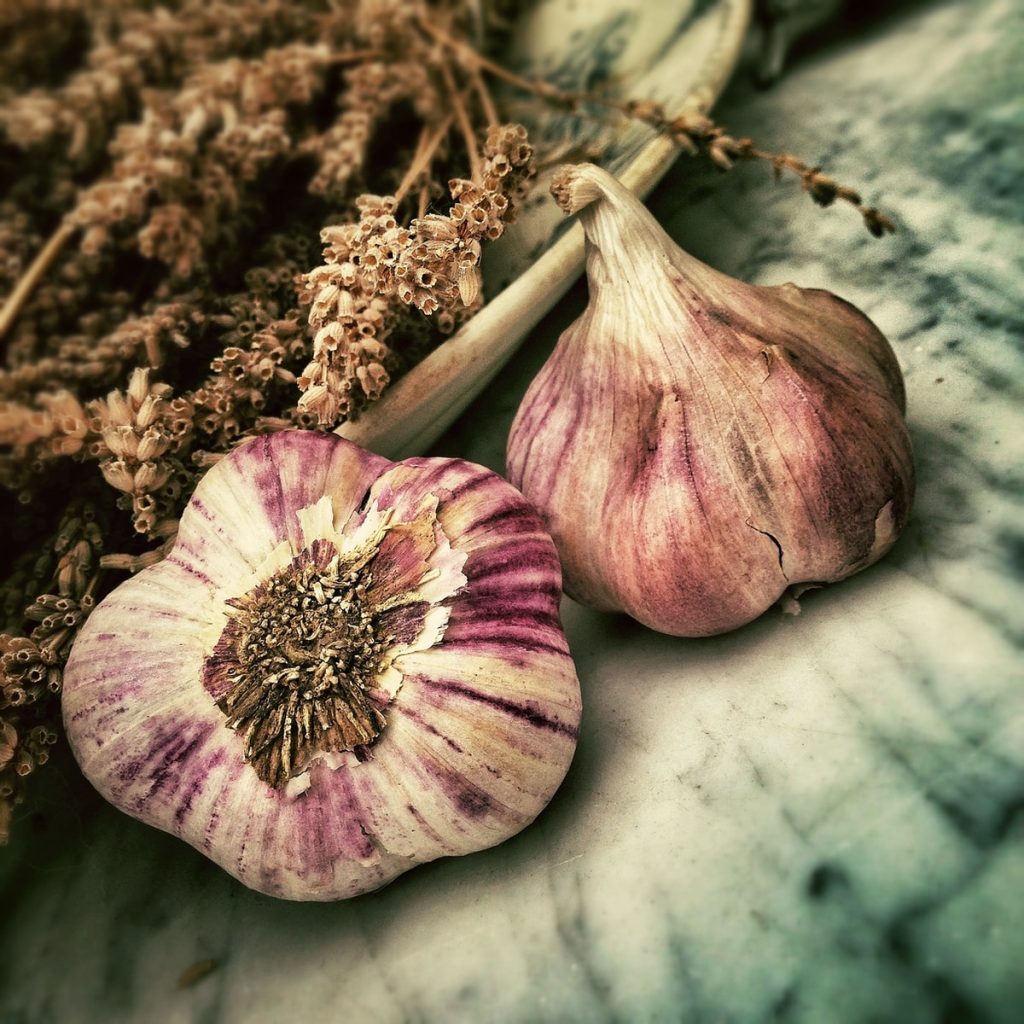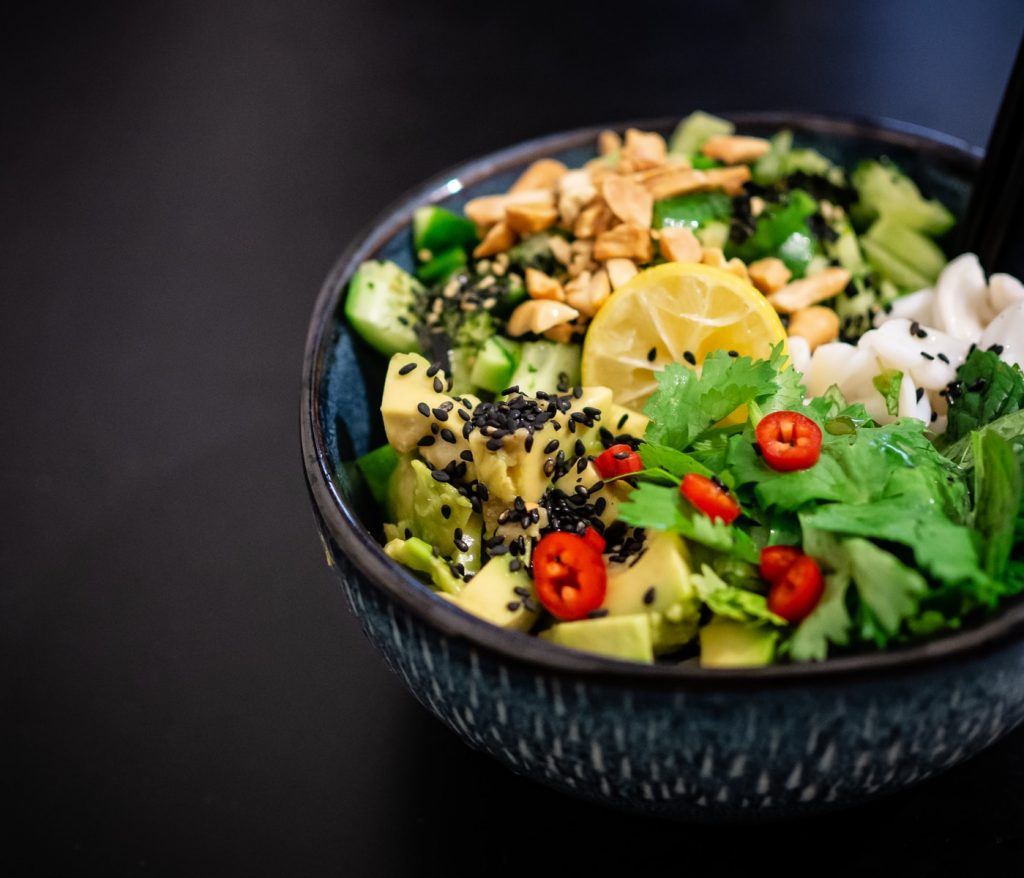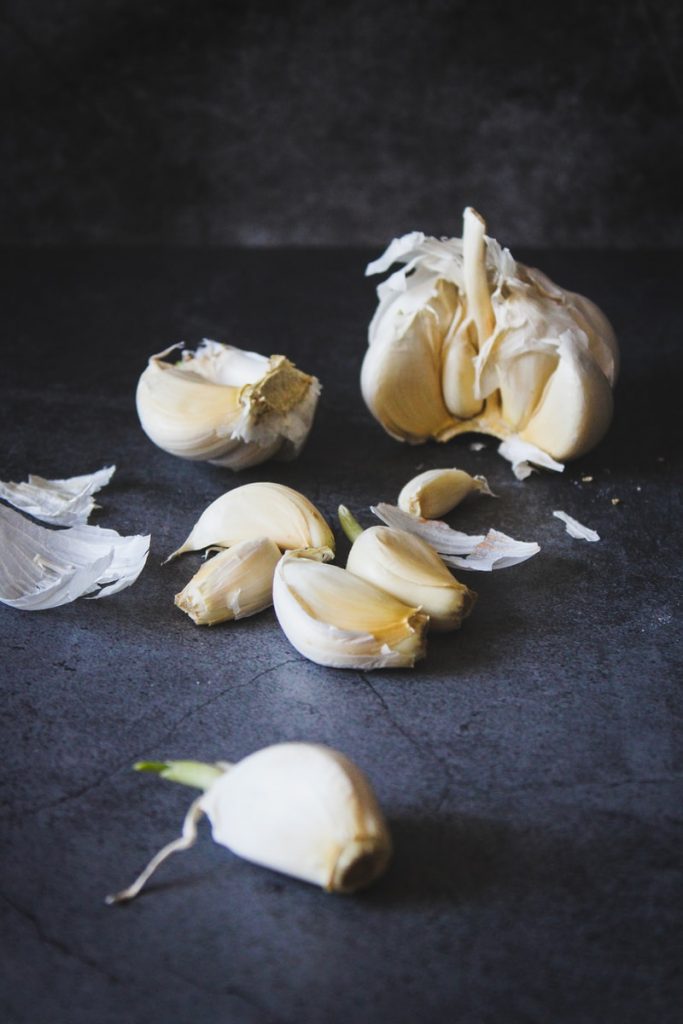Our daily diet also uses garlic for cooking. So, what are the benefits of garlic for us?
The effect of garlic:
Detoxification; insecticide, abdominal cold and pain; dysentery; cancer treatment; diarrhea; tuberculosis; whooping cough; cold; carbuncle swollen toxin; intestinal carbuncle; ringworm sore; paralysis; edema.
Garlic is a perennial herb, allium belongs to Liliaceae. Its medicinal properties are mild. The skin color is divided into purple skin and white skin. Spicy, pungent smell, edible or for seasoning, can also be used as medicine.
The health effects of garlic :
- Strong sterilization. The sulfur-containing compounds in garlic have strong antibacterial and anti-inflammatory effects, inhibiting and killing a variety of cocci, bacilli, fungi, and viruses. It is the strongest antibacterial effect among natural plants found so far.
- Prevent getting cold.
- Prevent and treat tumors and cancers.
- Protect liver function.
- Detoxify and clear intestines, prevent gastrointestinal diseases.
- Prevention and treatment of cardiovascular and cerebrovascular diseases.
- Vigorous energy.
- Lower blood sugar and prevent diabetes.
Main ingredients :
It contains about 0.2% of volatile oil. The main component of the oil is allicin, which has a bactericidal effect. It is produced by the hydrolysis of alliin contained in garlic by the action of garlic enzyme. It also contains a variety of sulfide compounds composed of allyl, propyl and methyl.
The appearance of garlic:
It is oblate or short conical, with off-white or light brown membranous scales on the outside. The scales are peeled off. There are 6 to 10 garlic cloves inside, whorls around the flower stem, the base of the stem is disc-shaped, and there are many fibrous roots. Each garlic clove wraps the film, peeling off the film, you can see the white, plump and juicy scales. There is a strong smell of garlic and spicy taste.

Nutrient content :
Each 100 grams contains 69.8 grams of water, 4.4 grams of protein, 0.2 grams of fat, 23.6 grams of carbohydrates, 5 milligrams of calcium, 44 milligrams of phosphorus, 0.4 milligrams of iron, and 3 milligrams of vitamin C. In addition, it also contains trace elements such as thiamine, riboflavin, niacin, allicin, citral, selenium and germanium.
Usage:
It can be eaten raw, decocted, cooked, or made into syrup. Appropriate amount for external use, pound compress, slice rubbing or garlic moxibustion.
Things to pay attention to when using garlic
To pay attention :
Garlic is warm in nature, patients with chronic gastritis and ulcer disease should eat with caution.
Adverse reactions :
External application can cause skin redness, burning, and blistering, so it should not be applied for too long, and people with skin allergies should use it with caution.
Garlic is a longevity superfood, but should it be eaten raw or cooked?
It is a food with multiple functions and nutrients

Garlic is rich in thiamine-containing acid and allicin, which can inhibit bad bacteria in the gastrointestinal tract, promote blood circulation, and prevent hardening of the arteries. Prevent thrombosis, lower blood pressure and prevent cardiovascular disease. The sulfur compounds in garlic have antibacterial and anti-inflammatory effects, and have inhibitory and killing effects on Helicobacter pylori, fungi, and viruses.
Garlic can also promote the secretion of insulin, increase the absorption and use of glucose by human cells, and achieve the effects of lowering blood sugar and maintaining blood sugar stability. It is suitable for diabetics. In addition, garlic is also rich in protein, vitamins and minerals, which can relieve fatigue and repair the immune system, so it is regarded as a holy product for longevity.
Should garlic be eaten raw or cooked?
Clinical experiments have proved that garlic can exert its greatest benefits only when it is eaten raw, because after heating and cooking, allicin in garlic will be dispersed, making the edible effect greatly weakened.
In fact, allicin does not exist in garlic, but is the product of the chemical reaction of alliinase and alliin released when garlic cells are ruptured. Therefore, the bioavailability of minced garlic is the highest. It is also the most effective.
It is especially worth noting that if you have poor gastrointestinal function or gastrointestinal inflammation, especially those with gastric ulcers, you should avoid raw garlic to prevent allicin from irritating the gastric mucosa too much, accelerating the speed of intestinal peristalsis, and then causing symptoms such as abdominal pain and diarrhea.
Daily intake
A daily intake of about 1 to 2 garlic cloves is enough. There is no need to eat health food supplements, and the most convenient way is to take it from the dishes. Of course, If the people around you don’t mind, raw garlic is still the best way to eat it.
Read Articles In Different Categories

Best In The World

Beauty and Health

Food and Health

Easy Recipe

Exercise and Health

Family and Life

Finance and Economy

Global Sales Network

Global Selling

Happiness and Health

Medicine and Health

Recipe

The Benefits Of Vitamins

The health benefits of cocoa!
Girls may be worried that cocoa is very high in calories and is likely to cause obesity. In fact, as long as you choose pure cocoa, it can improve…

The benefits of anthocyanins
It can help eliminate toxic chemicals and free radicals in the body, and reduce damage to the eye lens and retina.

The efficacy of vitamin E
To reduce body oxidation and delay aging, one of the most important nutrients is vitamin E….

Benefits of drinking coffee
In fact, besides its refreshing effect, coffee can also help lose weight and improve sports performance.
